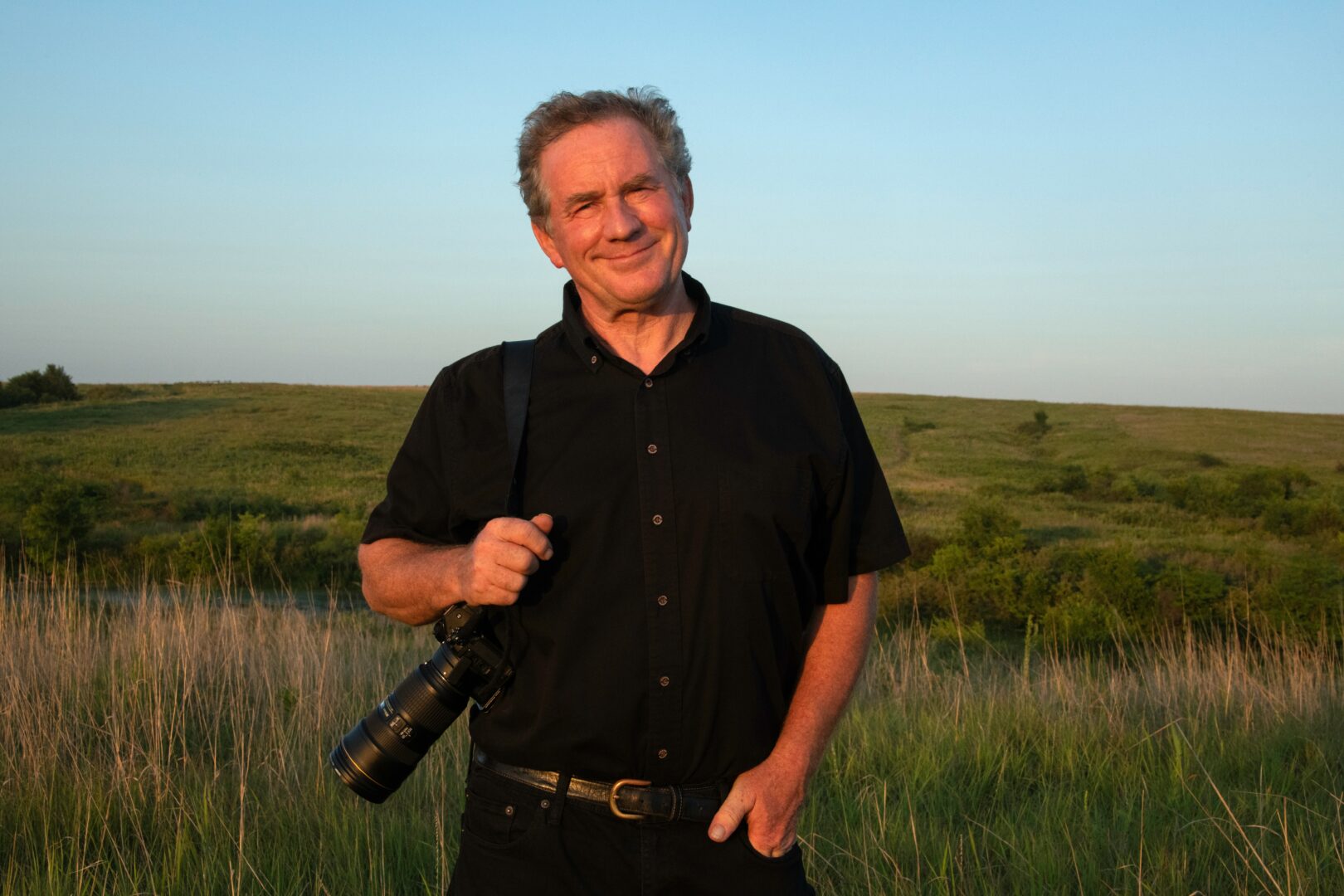We recently had the chance to connect with Joel Sartore and have shared our conversation below.
Joel, really appreciate you sharing your stories and insights with us. The world would have so much more understanding and empathy if we all were a bit more open about our stories and how they have helped shaped our journey and worldview. Let’s jump in with a fun one: What do you think is misunderstood about your business?
The National Geographic Photo Ark is a decades-long mission to document all species living in the world’s zoos, aquariums and wildlife sanctuaries, inspire action through education, and help protect wildlife by supporting on-the-ground conservation efforts. It’s not a business, but a mission that uses the power of photography to educate others about Earth’s amazing biodiversity and move people to action.
People ask me all the time about the biggest myths I hear about wildlife conservation, and I always go back to time and impact.
First, there’s this idea that we’ve got all the time in the world. We don’t. The truth is, we have to act now. We can’t wait for some future generation to pick up the pieces. This is our moment and this our shared planet.
For most of our planet’s history, extinction was a natural, gradual process. A species might disappear over thousands, even millions of years. But now, scientists estimate the annual rate of extinction is significantly higher than natural rates, due in part to habitat loss, climate disruption and pollution. This is an accelerating crisis, not a slow-moving problem.
Second, people think the problem is just too big. They believe one person can’t possibly make a difference. But that’s simply not true. You have more power than you think. Every single one of us has the ability to make a change, right in our own backyards. Start small. Look at the species living in your neighborhood and think about how you can help them. Maybe it’s planting native flowers or avoiding using pesticides and fertilizers in your backyard.
The point is, saving one species can create a ripple effect that saves countless others. And in the end, it helps save us, too. This is our chance to rewrite the future. Let’s not waste it.
Can you briefly introduce yourself and share what makes you or your brand unique?
I’m Joel – a photographer, conservationist and National Geographic Explorer. I founded the National Geographic Photo Ark in 2006, when I stopped by the Lincoln Children’s Zoo in my hometown of Lincoln, Nebraska, and photographed our very first Photo Ark species: a naked mole-rat. Until then, I had been traveling the world on assignment for National Geographic magazine and as I continued that work, I had the revelation that maybe there was something more I could do to truly help move the needle on conservation.
Since then, the Photo Ark team and I have been on a mission to photograph at least 25,000 species living in human care around the world. We just reached 17,000 species over the summer. I travel around the world, taking photos of animals of all sizes, on black and white backgrounds. Not only do these simple backgrounds eliminate distractions and give each animal their time to shine, but they also allow the viewer to give each one equal attention free of size comparisons – a beetle is as big as a buffalo. I consider these unique studio portraits the great equalizer to demonstrate just how vital each and every species is to wildlife biodiversity.
At the end of the day, I hope this body of work isn’t simply documenting all the species we’ll lose to extinction, but serves as a testament to the ones we can – and do! – save while there’s still time. I hope that through the Photo Ark, people everywhere can look into the eyes of each animal and see how worthy they are of our protection.
Thanks for sharing that. Would love to go back in time and hear about how your past might have impacted who you are today. What’s a moment that really shaped how you see the world?
Before starting the Photo Ark, I mentioned that I worked on assignment for National Geographic magazine. It was a transformative experience for me, as I got to travel the world and encounter wildlife conservation issues up close (though, usually from a safe distance!). I covered the dwindling population of grizzly bears in Alaska and the rescue efforts to save koalas in Australia.
And while each story I contributed to was impactful and eye-opening, I always felt like these stories were fleeting moments that quickly got replaced and forgotten with other news of the day.
It was these experiences with the short-attention span for conservation stories that motivated me to consider what more I could do to make a longer-lasting impact for wildlife. That’s what helped inspire the Photo Ark.
Was there ever a time you almost gave up?
Shooting for the Photo Ark isn’t always glamorous. Sure, I get to travel a lot and oftentimes to some unique places. And of course, I feel an immense privilege to be in a position to help give animals a much needed voice in conservation. But, I would be lying if I said our work was easy. When we’re out on shoot days, we’re up before the sun rises and we return home after the sun sets. We’re traveling from one international city to the next, lugging hundreds of pounds of equipment. We’re photographing as many animals as we can at a facility, while also maintaining a safe and comfortable environment for the animals. Not to mention, working with animals can be unpredictable. Just this summer, we were in Brazil photographing and I got bit and hit by two different monkeys!
There are many times where I feel just doggone tired, but then I remember the mission of the Photo Ark and the urgency to tell each animal’s story. I have a great team that supports this work and together, we always find a way to keep going.
Sure, so let’s go deeper into your values and how you think. What would your closest friends say really matters to you?
Wildlife! That might be an easy one, but it’s true. We share this planet with so many amazing creatures and it’s time for all of us to start caring about the future, not just for us but for them too.
Okay, we’ve made it essentially to the end. One last question before you go. What is the story you hope people tell about you when you’re gone?
The story I hope people tell isn’t really about me at all; it’s about the mission.
I hope they talk about the Photo Ark and what we’ve achieved. I want them to remember that it was a project built on one simple idea: that if we show people these incredible creatures, they will care enough to save them.
I hope our work inspires people to realize that conservation isn’t a job for scientists alone—it’s for everyone. It’s about uplifting those around us, from our neighbors to the smallest birds in the trees out back.
If I’m remembered for one thing, let it be this: We all worked together to make a difference. We woke up, we saw the beauty we were losing, and we each did our small part, right in our own backyards, to stop the growing silence of the loss of our vibrant natural world. That’s a story worth telling.
Contact Info:
- Website: https://www.joelsartore.com/
- Instagram: @joelsartore
- Facebook: https://www.facebook.com/sartorephoto/
- Youtube: @PhotoArk
- Other: National Geographic Society: https://www.nationalgeographic.org/society/our-programs/photo-ark/

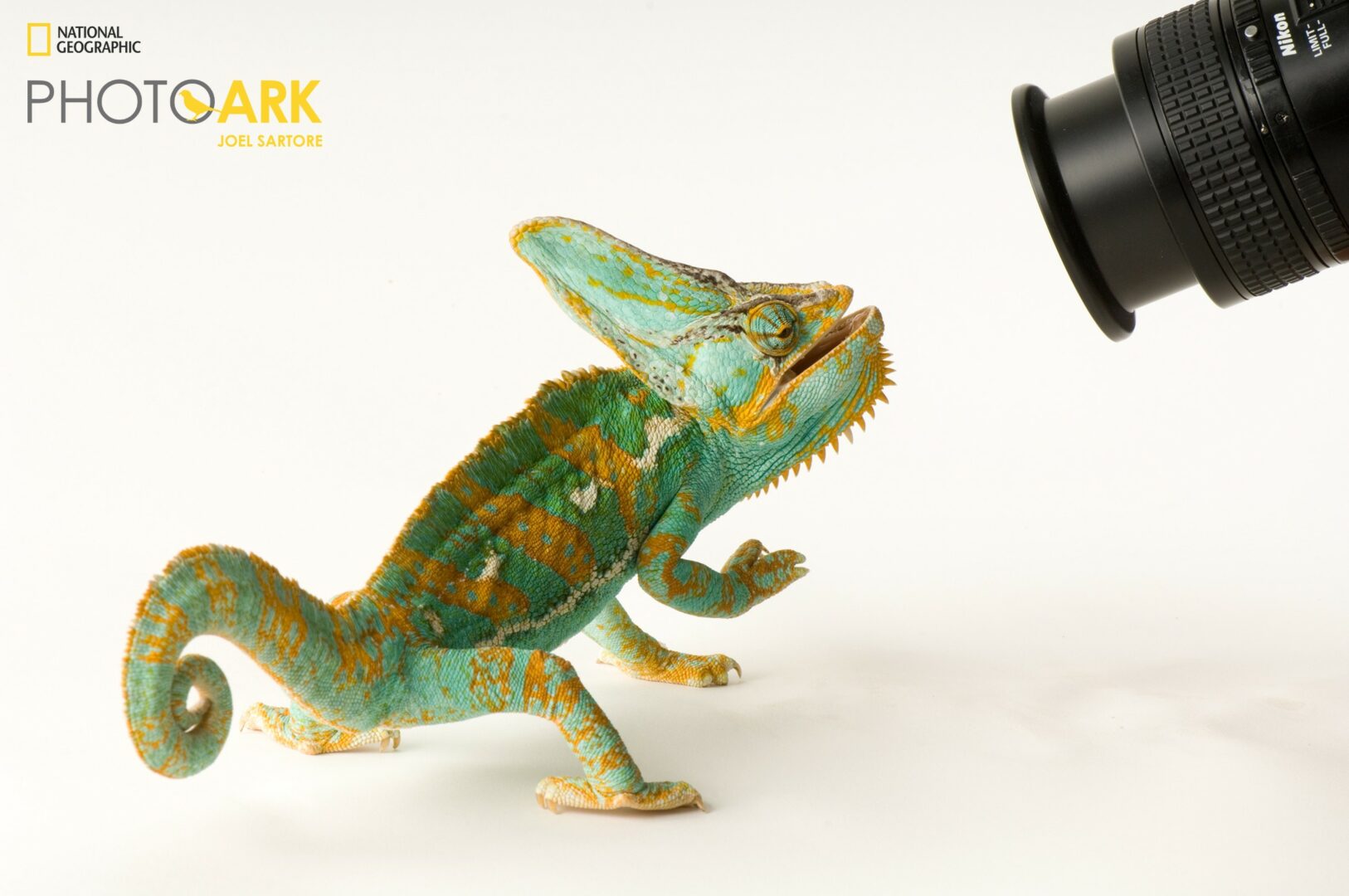
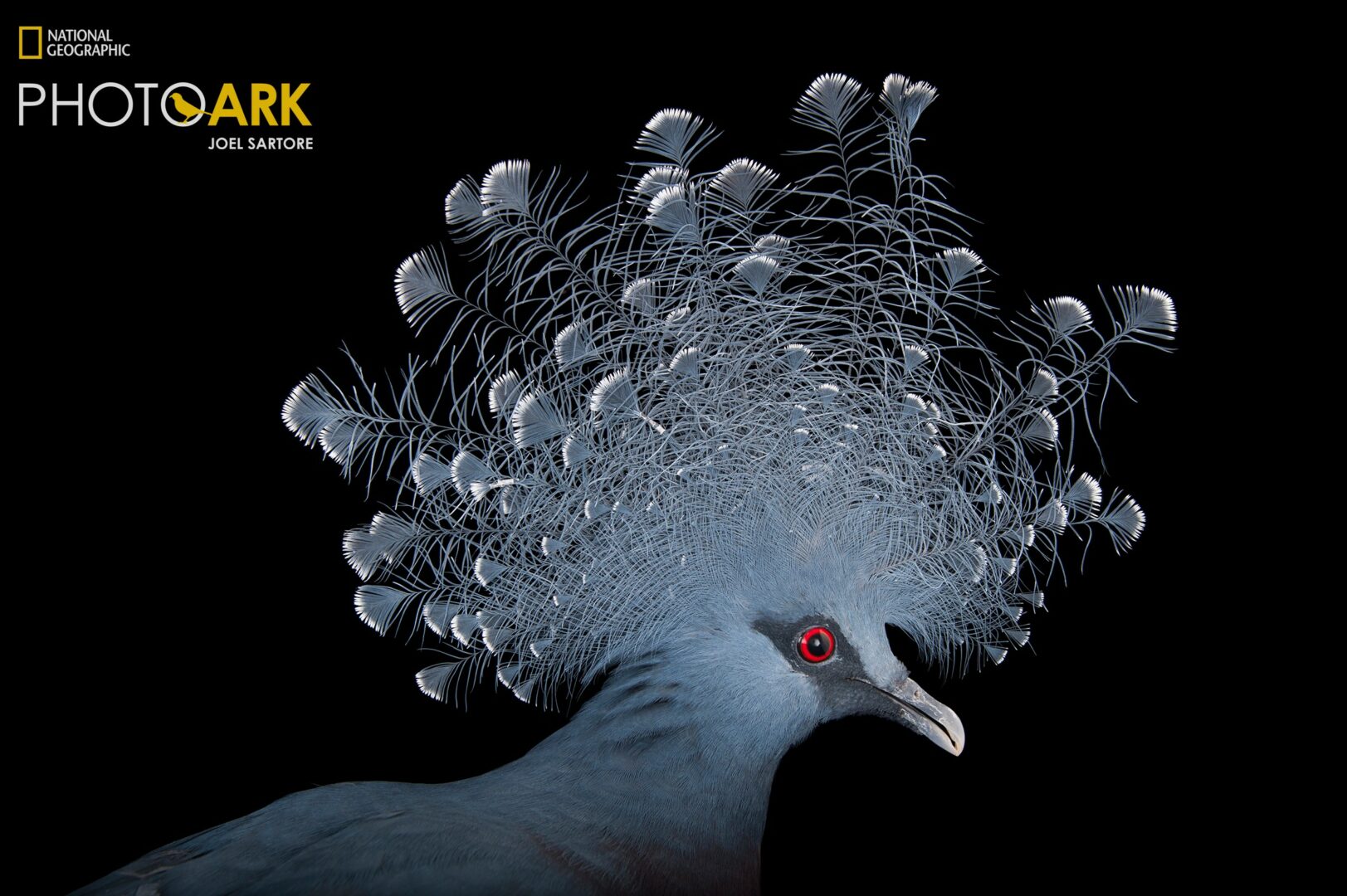

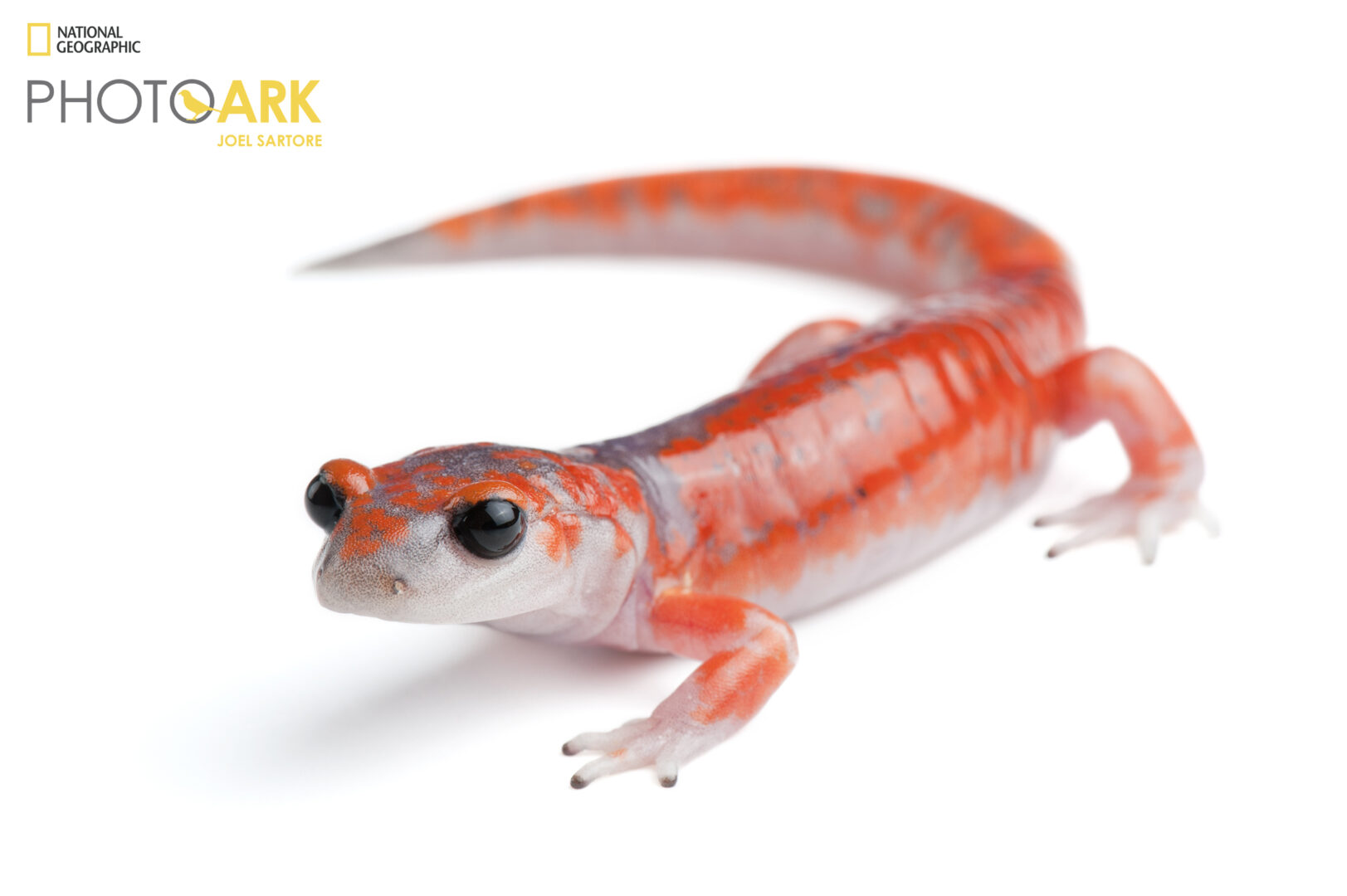
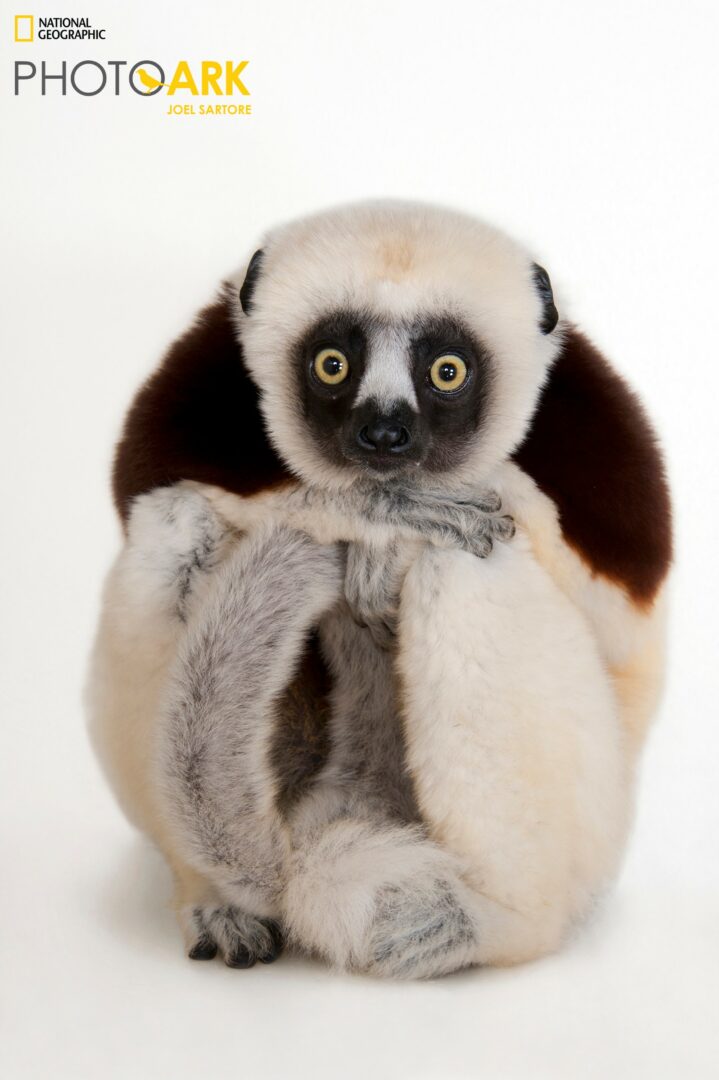
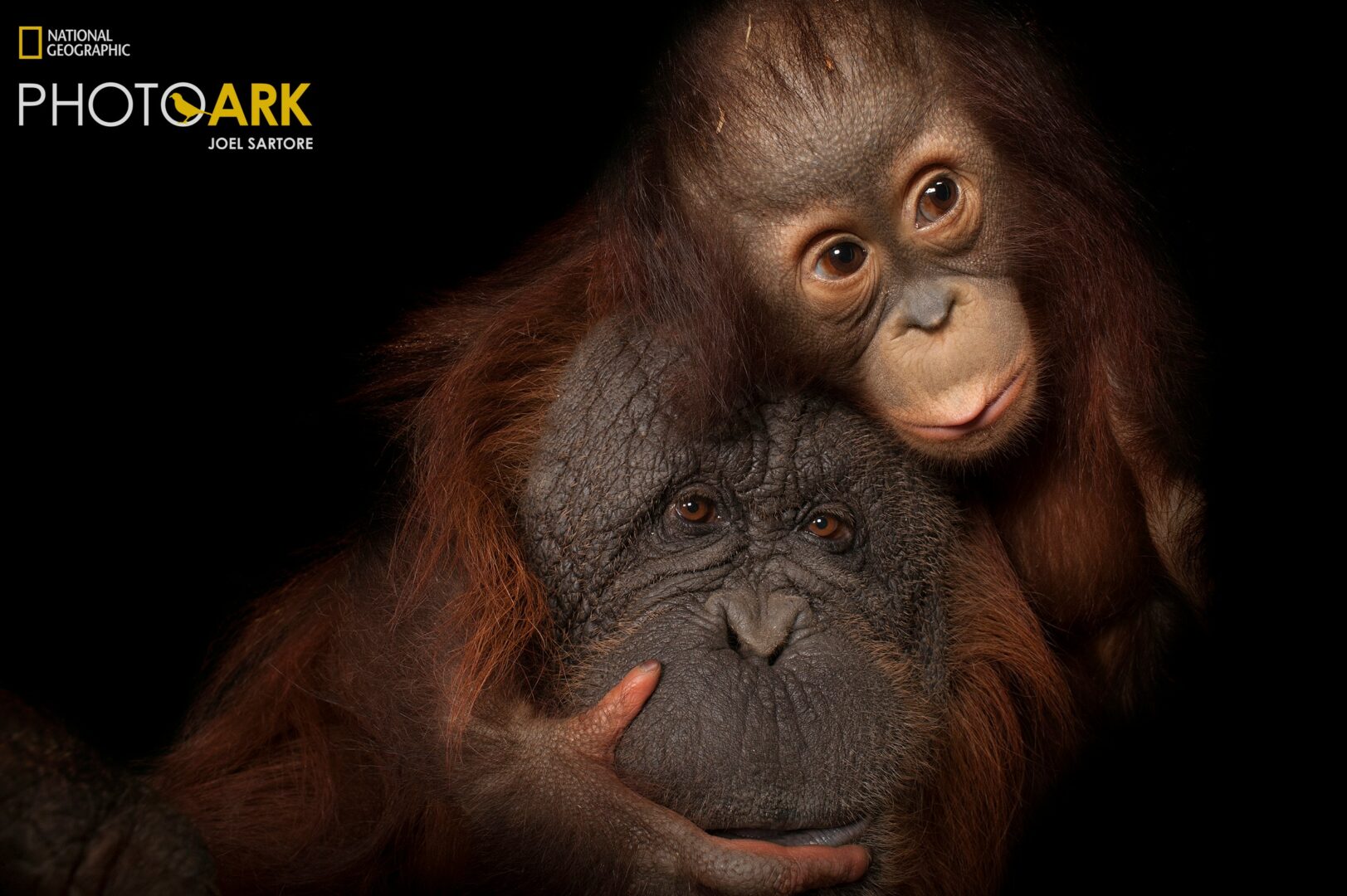

Image Credits
Joel’s feature photographer photo: Photo by Ellen Sartore.
All other branded images of the animals: Photo by Joel Sartore
Photo of Joel & the animal on the black background: Photo by Cole Sartore.
Please find all caption, credit and usage information in this press kit: https://www.dropbox.com/scl/fo/xfi9ffe2rldxmwmdjyz6u/AJ1H4TBpJ4sXMQCGmSbt98w?rlkey=8turw1vot3igdv20g3e2ig4ct&st=blxjard1&dl=0
so if you or someone you know deserves recognition please let us know here.

